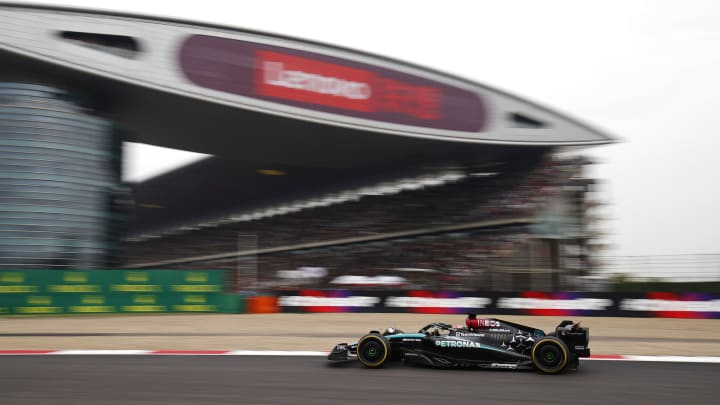F1 News: FIA Makes Mid-Season Rule Change After Aston Martin Chinese GP Protest

The FIA has updated Formula 1's sporting regulations mid-season following a dismissed protest from Aston Martin at the Chinese Grand Prix and an exposed penalty loophole.
The first incident that prompted part of the revision occurred during a qualifying round at the Shanghai International Circuit. Ferrari's Carlos Sainz experienced a spin, causing damage to his front wing and leading to a session-halting red flag. Despite this, Sainz managed to restart his car independently, return to the pits, and after some quick repairs, continue with the Qualifying session.
What caused the confusion was Article 39.6, which formerly mandated that any driver whose car stops on the track and causes a red flag should cease further participation in the session. Due to this, Aston Martin lodged a protest against Sainz's continuation in the qualifying round, citing an infringement of this rule. However, the race stewards dismissed the protest at that time.
In response to this situation, the FIA has now refined Article 39.6. The modification explicitly states that while a driver whose car stops on track and receives physical assistance must retire from the session, those who manage to restart without external help can continue. This update would ultimately render Sainz's actions permissible under the new interpretations of the rules. Article 39.6 now states, as quoted by Autosport:
"Any driver whose car stops in any area other than the pitlane during the qualifying session or the sprint qualifying session and receives physical assistance will not be permitted to take any further part in that session."
The second incident involved Aston Martin's Fernando Alonso during the Chinese GP Sprint Race. The Spanish driver was handed a penalty for a collision with Sainz, however, as he did not finish the sprint race, the penalty was not served, rendering it ineffective. This scenario exposed a gap in the sporting regulations concerning penalties in sprint races. To address this, Article 54.3.d has been revised. It now permits penalties from sprint races that go unserved due to early retirements to be carried over to penalties such as grid placements in the subsequent main Grand Prix.
"If any of [the] penalties above are imposed upon a driver, and that driver is unable to serve the penalty due to being unclassified in the sprint session or the race in the case of a) or b) or due to retirement from the sprint session or the race in the case of c) or d), the stewards may impose a grid place penalty on the driver at their next race."
